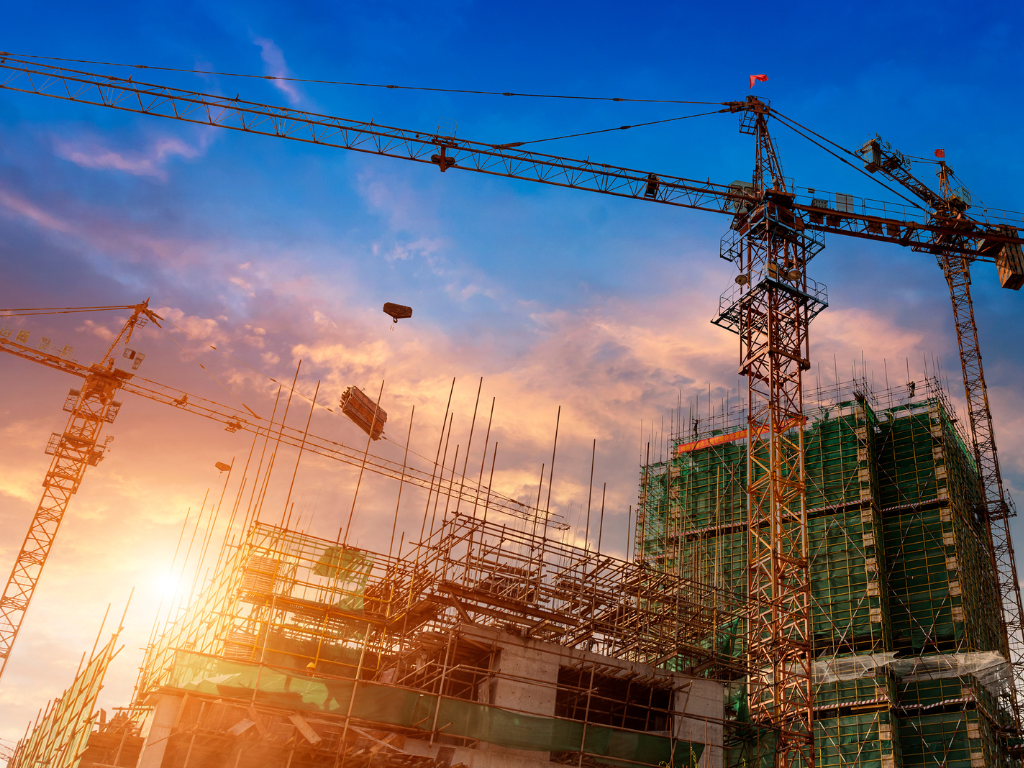The construction industry is evolving. With ever-increasing demands for faster build times, higher durability, and energy efficiency, traditional heating and drying methods are struggling to keep pace. Enter Ceramic Infrared (IR) Heaters—the silent powerhouse behind smarter, stronger construction practices. Let’s dive into how this technology is reshaping the cement and construction sector from the ground up.
1. Drying of Concrete Pipes – Speed Meets Structural Integrity
Concrete pipes form the arteries of urban infrastructure—used for water, sewage, and drainage systems. However, poor drying practices can lead to cracks, warping, and compromised structural integrity.
Ceramic IR heaters solve this by delivering uniform, non-contact radiant heat. This method accelerates the drying process significantly while preserving the quality of the material. No hotspots, no surface damage-just fast, even drying that gets pipes out of the mold and into use quickly.

2. RCC Block Curing – Durability Starts at the Core
Reinforced Cement Concrete (RCC) blocks are foundational to everything from homes to skyscrapers. The curing process directly influences the load-bearing strength and longevity of these blocks.
Ceramic IR heaters offer consistent radiant heat, drastically improving curing conditions. Unlike traditional steam or convection methods, IR heating shortens cycle times and ensures stronger, more uniform blocks—leading to fewer rejects and stronger builds.

3. Pillar Reinforcement & Curing – Building Strength Where It Matters
Structural pillars carry the weight of our infrastructure—bridges, buildings, and roads all rely on them. Any inconsistency in curing can weaken a pillar’s core, risking both safety and compliance.
With Ceramic IR heaters, even and deep heat penetration ensures complete curing of reinforced pillars. This method supports high-load integrity, critical for long-term performance in both private sector projects and massive public infrastructure like highways and flyovers.
4. Climate Control in Cement Storage – Fight Moisture, Preserve Quality
Moisture is the enemy of stored cement. It causes clumping, hardening, and ultimately, wasted material. Ceramic IR heaters help maintain an optimal microclimate in storage rooms, balancing both temperature and humidity.
This ensures that cement remains dry, active, and ready to use, reducing material loss and boosting operational efficiency. It’s a simple, effective solution with long-term benefits.
Architects, Government, and Public Infrastructure—Why They’re Adopting Ceramic IR
Ceramic infrared technology is no longer limited to niche industrial uses. It’s gaining serious traction among:
- Architectural firms designing smart, energy-efficient structures
- Government bodies managing national infrastructure like bridges, dams, and metro networks
- Public sector organizations focused on sustainable, large-scale development
These sectors demand performance, reliability, and eco-efficiency—all of which ceramic IR heaters deliver. With reduced emissions, consistent curing, and better control, these systems align perfectly with long-term environmental and operational goals.

The Real-World Impact: Faster Output, Lower Costs, Higher ROI
Numbers don’t lie. Clients using Nexthermal’s ceramic IR systems have reported:
- Up to 40% faster drying and curing times
- 15–30% energy savings compared to conventional heating
- Better surface finish and improved material strength
These translate into:
- Higher daily throughput
- Fewer product rejections
- Greater return on investment
In an industry where margins are tight and deadlines tighter, these gains are game-changers.
Conclusion: Heating the Way to Smarter Construction
From the unseen drying rooms to the towering pillars of our cities, ceramic IR heaters are becoming indispensable in construction and cement applications. As innovation drives demand for greener, faster, and more reliable methods, the role of advanced heating technology will only grow.
If you’re building the future, start with the heat that makes it possible





